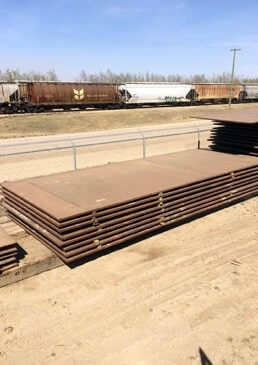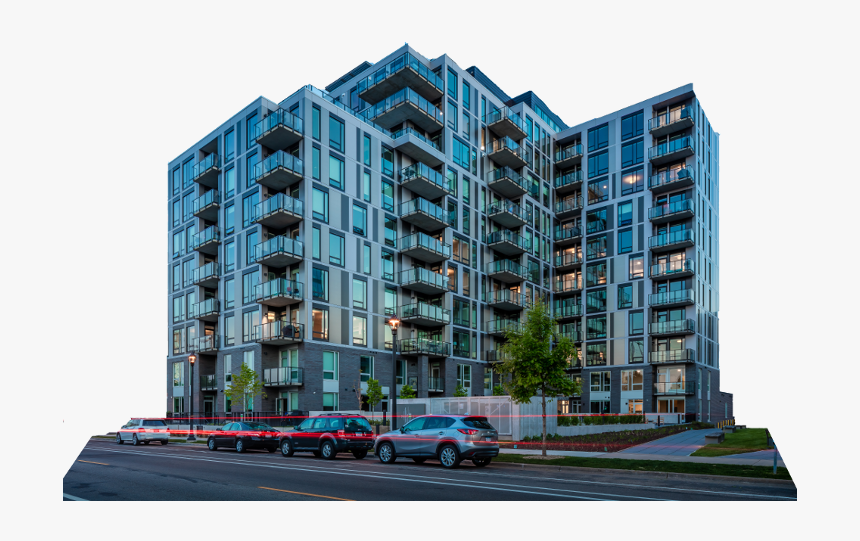When it comes to heavy-duty construction projects, choosing the right material is as important as the design itself. Structures like offshore platforms, ships, bridges, and large buildings require materials that can withstand high stress, harsh environmental conditions, and long-term wear and tear. Among the many steel grades available, the AH36 Plate has become one of the most trusted options for builders and engineers.
In this blog, we’ll dive deep into the advantages of AH36 Plate, why it is the go-to choice for industries worldwide, and how it plays a vital role in the safety, strength, and durability of construction projects.
What is an AH36 Plate?
Before exploring its advantages, let’s understand what an AH36 Plate is.
- AH36 is a high-strength structural steel grade primarily used in shipbuilding, offshore construction, and heavy engineering projects.
- The “A” in AH36 refers to “Grade A,” meaning it has specific mechanical and chemical properties, while “H36” refers to its yield strength of 355 MPa (minimum).
- It is certified under standards like ABS (American Bureau of Shipping), LR (Lloyd’s Register), and other international bodies, ensuring it meets strict quality requirements.
In simpler words, the AH36 Plate is a marine-grade steel plate designed to handle high loads, resist corrosion, and perform reliably in demanding environments.
Key Properties of AH36 Plate
The widespread use of AH36 Plate in construction and shipbuilding is not accidental. Its unique properties make it stand out:
- High Tensile Strength – With excellent strength, AH36 can endure high levels of stress without deforming.
- Durability – Built to last, it maintains performance even under heavy loads and harsh conditions.
- Corrosion Resistance – Specially engineered for marine and coastal applications where corrosion is a constant threat.
- Weldability – Easy to fabricate and weld, making it ideal for large-scale structures.
- Impact Resistance – With excellent toughness, it can absorb shocks and sudden loads without cracking.
Advantages of Using AH36 Plate in Heavy-Duty Construction
Now that we know what makes AH36 Plate unique, let’s explore the real-world advantages it offers in heavy-duty construction projects.
1. Superior Strength for Large Structures
One of the most critical requirements in construction is strength. Heavy-duty projects like bridges, ships, oil rigs, and cranes cannot afford structural weaknesses.
- The AH36 Plate provides high yield and tensile strength, ensuring that the structure remains stable even under extreme pressure.
- Its strength-to-weight ratio allows engineers to design lighter structures without compromising durability.
This advantage directly translates into safer and more efficient constructions.
2. Excellent Corrosion Resistance
In projects exposed to seawater, humidity, or industrial pollutants, corrosion is a silent killer.
- The AH36 Plate is engineered to resist corrosion, especially in marine environments.
- This property extends the lifespan of ships, offshore platforms, and coastal infrastructure.
By reducing maintenance and repair costs, AH36 Plates help companies save significantly in the long run.
3. Enhanced Weldability and Fabrication
Time and ease of fabrication are crucial in large construction projects.
- The AH36 Plate offers excellent weldability, meaning it can be joined without reducing its strength.
- Fabrication becomes smoother, reducing project delays and ensuring precise structural integrity.
This makes it a preferred choice for industries where custom designs and complex structures are common.
4. High Impact Resistance
Heavy-duty construction often involves dynamic loads, vibrations, and sudden impacts.
- The AH36 Plate demonstrates outstanding toughness and shock absorption.
- It can handle unpredictable conditions such as heavy waves in marine projects or high traffic in bridges.
This ensures safety and reliability over the long term, even in the harshest conditions.
5. Versatility Across Multiple Industries
While shipbuilding is the most common application, the AH36 Plate is not limited to marine projects.
It is widely used in:
- Offshore oil and gas platforms
- Heavy equipment manufacturing
- Bridges and civil construction
- Defense and naval ships
- Large storage tanks and pipelines
This versatility makes it a one-stop solution for various heavy-duty needs.
6. Cost Efficiency in the Long Run
While the upfront cost of high-grade steel might seem higher, the long-term benefits of AH36 Plate far outweigh the initial investment.
- Reduced maintenance costs due to durability and corrosion resistance
- Longer service life compared to regular steel plates
- Increased safety, reducing chances of failure and costly accidents
In essence, it delivers better ROI (Return on Investment) for large-scale projects.
Real-World Applications of AH36 Plate
To better understand its importance, here are some real-world applications where the AH36 Plate proves indispensable:
- Shipbuilding – Used in hulls, decks, and structural parts of ships.
- Offshore Platforms – Provides stability and resistance to saltwater exposure.
- Bridges – Ensures long-lasting structural integrity.
- Oil & Gas Industry – Used in storage tanks, rigs, and pipelines.
- Heavy Equipment – Forms the base for cranes, loaders, and construction vehicles.
Conclusion
The AH36 Plate is more than just a piece of steel—it’s a foundation of strength, safety, and durability in heavy-duty construction projects. From shipbuilding to bridges and offshore platforms, its unmatched properties make it the backbone of industries worldwide.
By offering superior strength, corrosion resistance, impact toughness, and cost efficiency, it ensures that projects not only meet today’s demands but also stand strong for decades to come.

